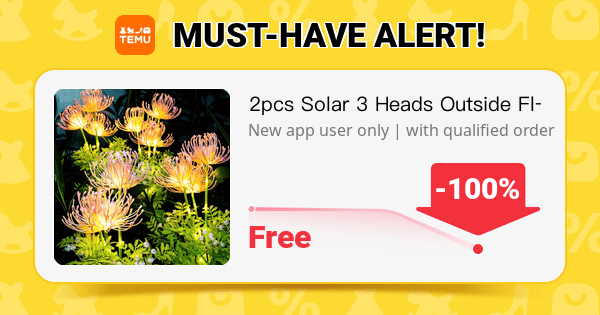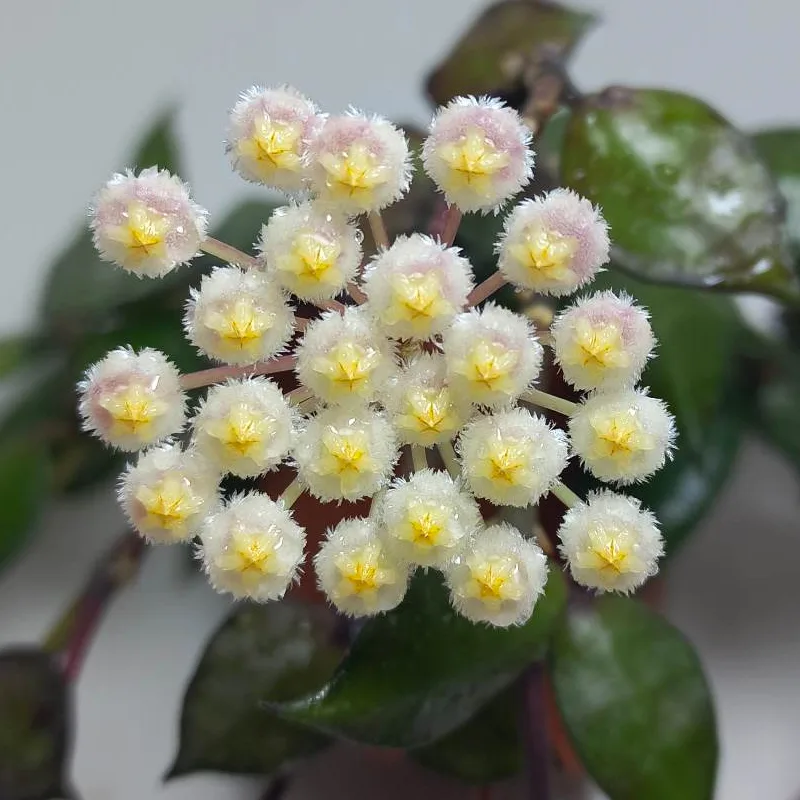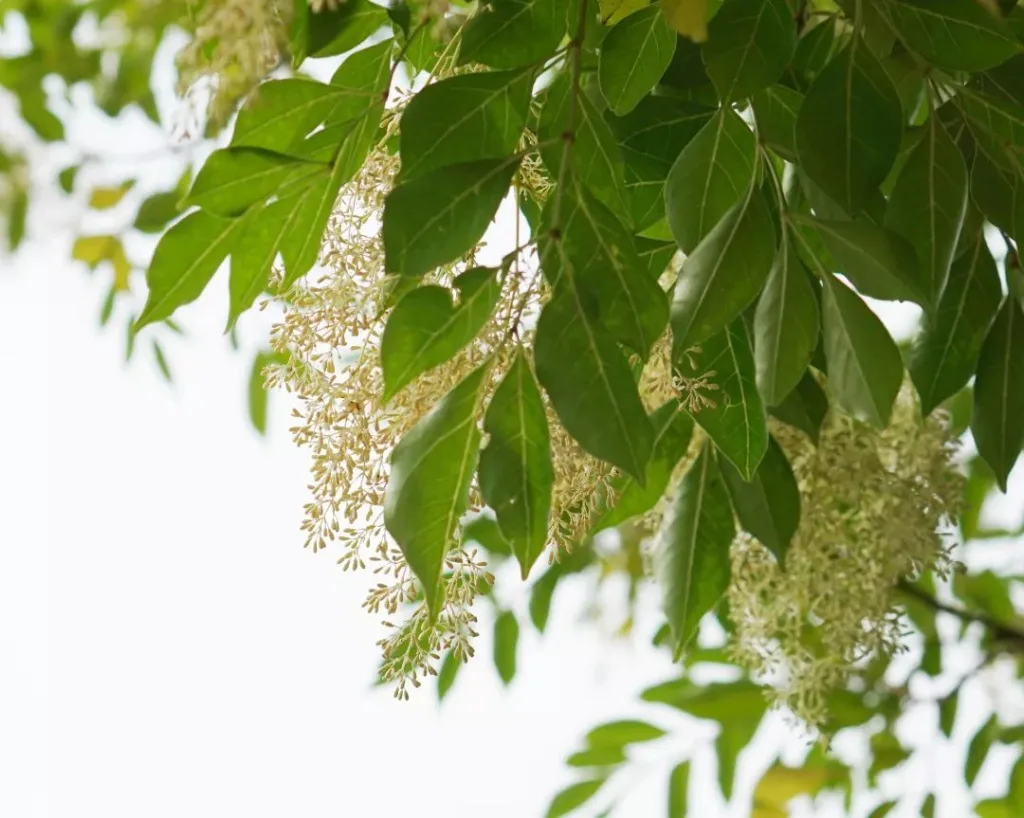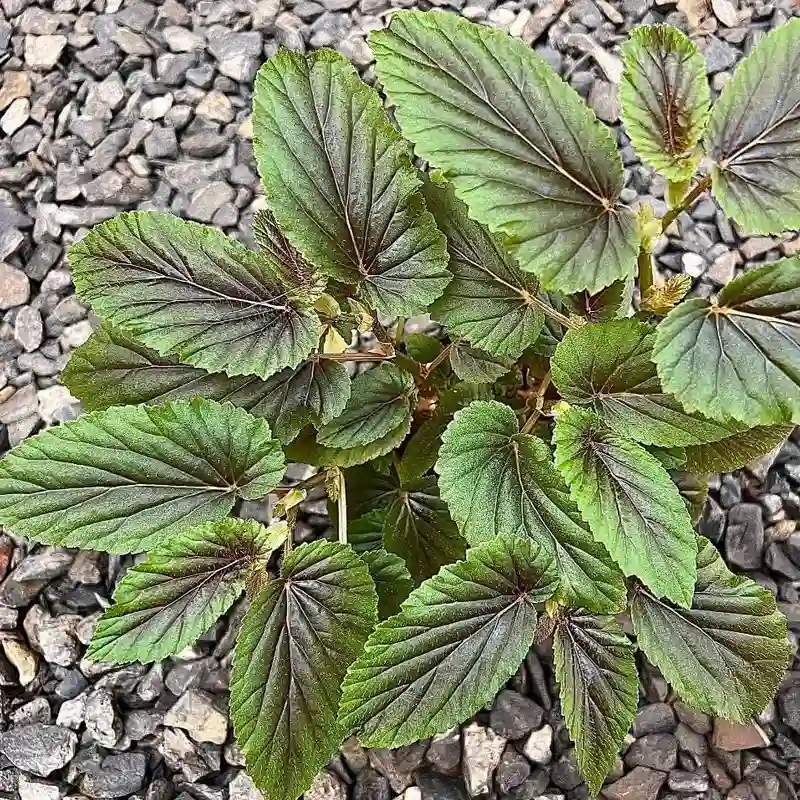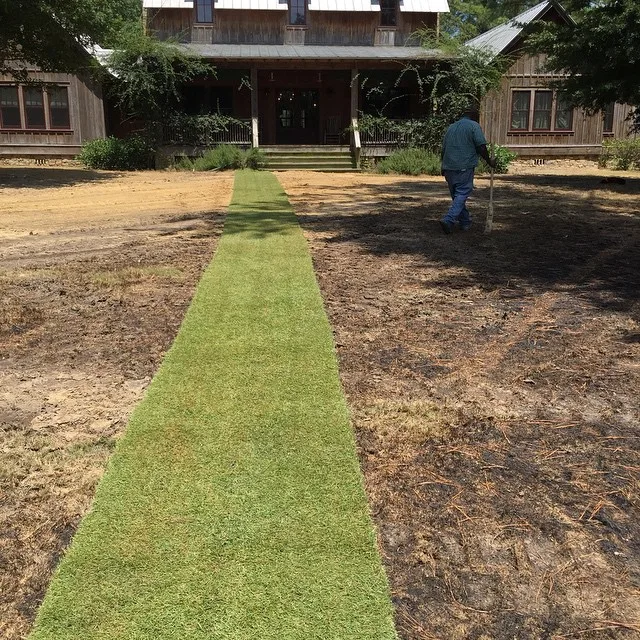Platycerium Willinckii: A Staghorn Fern With Allure
I’m Ferb Vu, and I’m here to answer your burning questions about the captivating Platycerium Willinckii, also known as the Java Staghorn Fern. This epiphytic wonder has stolen the hearts of many plant enthusiasts, and for good reason. Its unique form and contrasting textures make it a standout in any collection.
What is Platycerium Willinckii?
The Platycerium Willinckii is a fern belonging to the Polypodiaceae family. It’s native to the lush rainforests of Java and the Sunda Islands. This epiphyte thrives by clinging to trees or other structures, obtaining moisture and nutrients from the air and surrounding debris.
What Makes Platycerium Willinckii Special?
Platycerium Willinckii boasts a captivating visual appeal. Here’s what sets it apart:
- Distinctive Foliage: This fern possesses two distinct types of fronds. Sterile fronds, emerging from a basal shield, are large, upswept, and deeply lobed. In contrast, fertile fronds are long, slender, and often bifurcate (fork) towards the base.
- Textural Contrast: The sterile fronds have a smooth, leathery texture, while the fertile fronds are covered in fine white hairs. This creates a striking visual contrast that adds depth and interest.
- Airborne Elegance: As an epiphyte, Platycerium Willinckii doesn’t require traditional potting. Mounted on driftwood or boards, it adds a touch of vertical elegance to your indoor space.
Platycerium Willinckii vs. Platycerium Bifurcatum: Close Cousins
Platycerium Willinckii is often compared to its close relative, Platycerium Bifurcatum (Elkhorn Fern). Both are epiphytic staghorn ferns with similar needs. However, there are subtle differences:
- Frond Shape: Platycerium Willinckii’s sterile fronds tend to be more deeply lobed compared to the shallower lobes of Platycerium Bifurcatum.
- Fertile Frond Length: Platycerium Willinckii’s fertile fronds can reach impressive lengths, sometimes exceeding six feet. Platycerium Bifurcatum’s fertile fronds are generally shorter.
- Hair Coverage: The white hairs on Platycerium Willinckii’s fertile fronds tend to be denser compared to Platycerium Bifurcatum.
How to Care for Platycerium Willinckii?
Bringing a Platycerium Willinckii into your home is easy. Here’s what you need to know:
- Light: Provide bright, indirect light. Avoid harsh midday sun, which can scorch the fronds.
- Watering: Water deeply when the potting medium (if mounted) feels dry to the touch. Allow for good drainage to prevent rot. Misting regularly is beneficial, especially in dry climates.
- Fertilizing: During the growing season, a weak, diluted liquid fertilizer applied monthly can be helpful.
- Mounting: Mount your Platycerium Willinckii on a well-draining medium like driftwood, cork bark, or coconut husk. Secure it firmly with fishing line or wire until established.
- Temperature: Maintain temperatures between 65°F and 80°F (18°C and 27°C).
Troubleshooting Common Platycerium Willinckii Issues
Here are some common problems you might encounter and how to address them:
- Brown Fronds: This could be due to underwatering, excessive sun exposure, or pest infestation. Adjust your watering routine, provide shade, and treat for pests if necessary.
- Stunted Growth: Lack of light or nutrients can cause slow growth. Ensure adequate indirect light and consider fertilizing during the growing season.
- Yellowing Fronds: Overwatering is the most likely culprit. Allow the mount to dry completely between waterings.
With proper care, your Platycerium Willinckii will reward you with years of captivating beauty. Its unique form, contrasting textures, and air-purifying properties make it a conversation starter and a natural wonder in your indoor haven. Beyond its visual appeal, Platycerium Willinckii is also believed to contribute to improved air quality. While research on the specific air-purifying capabilities of this fern is ongoing, houseplants in general are known to absorb pollutants and release oxygen, creating a fresher and potentially healthier indoor environment.
Whether you’re a seasoned plant enthusiast or just starting your indoor jungle journey, Platycerium Willinckii is a worthy addition. Its unique form and easy-going nature make it a conversation starter and a breath of fresh air in your home. So, why not bring a touch of the rainforest indoors and experience the magic of the Platycerium Willinckii?
